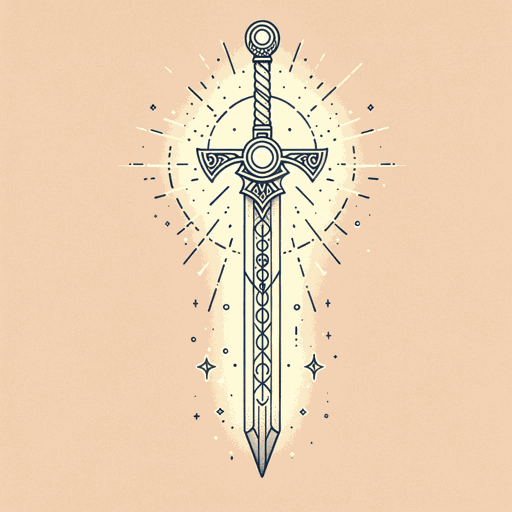106 pages • 3 hours read
Rick RiordanThe Sword of Summer
Fiction | Novel | Middle Grade | Published in 2015A modern alternative to SparkNotes and CliffsNotes, SuperSummary offers high-quality Study Guides with detailed chapter summaries and analysis of major themes, characters, and more. For select classroom titles, we also provide Teaching Guides with discussion and quiz questions to prompt student engagement.
Symbols & Motifs
The Nine Worlds
In Norse myth, existence is divided into realms, collectively known as the Nine Worlds: Asgard (realm of the Aesir gods), Vanaheim (realm of the Vanir gods), Alfheim (realm of the light elves), Midgard (realm of humans), Jotunheim (realm of the giants), Nidavellir (realm of the dwarves), Niflheim (realm of ice), Muspellheim (realm of the fire giants), and Helheim (realm of the dishonorable dead). Yggdrasil (the World Tree) connects the worlds and, in The Sword of Summer, has roots in Boston. Magnus and his friends journey to several of the Nine Worlds throughout the book.
As a mortal, Magnus is from Midgard, and a good portion of the book takes place in this world. When Magnus and Blitz travel to Nidavellir, Magnus notes the realm resembles Southie (South Boston). Blitz explains Midgard takes its appearance and popular culture partly from Midgard, as is evidenced by a Taylor Swift song playing in one of the pubs. When the group meets Thor, they travel to Jotunheim, realm of most giants. The exceptions are ice giants, who live in Niflheim, and fire giants (including Surt), who reside in Muspellheim. Giants take many forms and sizes, and those of the ice and fire realms are part giant, part demon.
Related Titles
By Rick Riordan
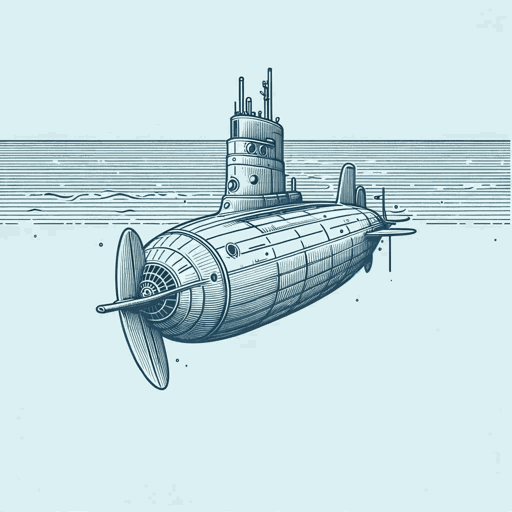
Daughter of the Deep
Rick Riordan
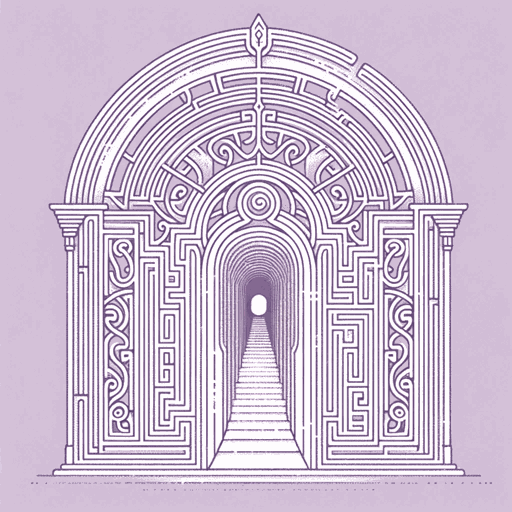
The Battle of the Labyrinth
Rick Riordan
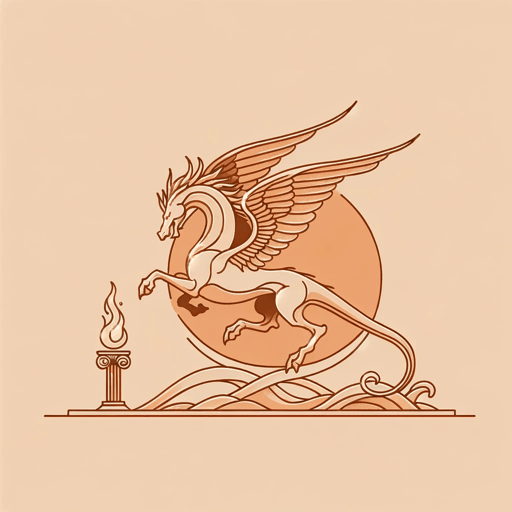
The Blood of Olympus
Rick Riordan
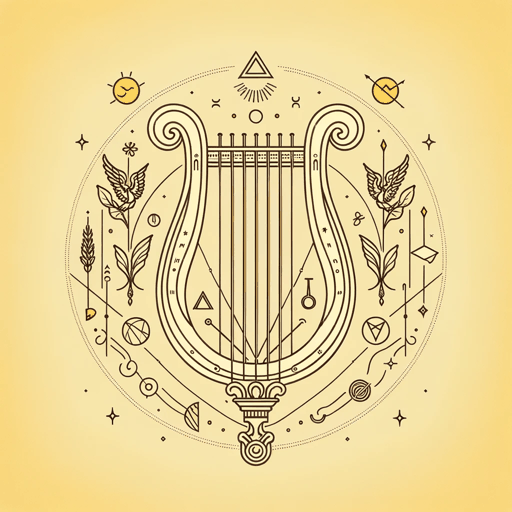
The Dark Prophecy
Rick Riordan
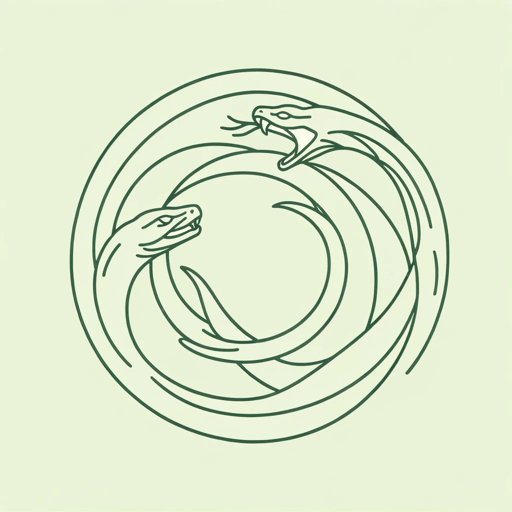
The Hammer of Thor
Rick Riordan

The Hidden Oracle
Rick Riordan
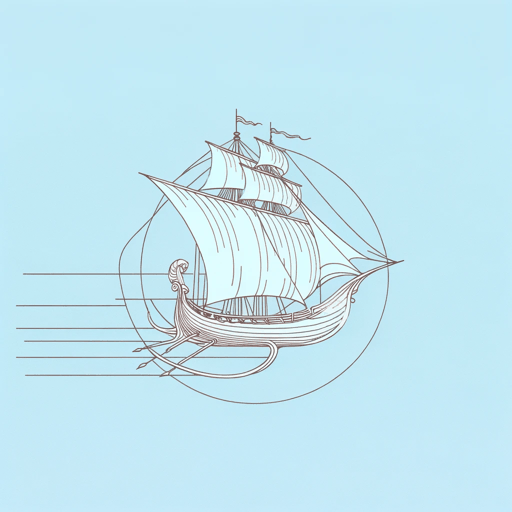
The House of Hades
Rick Riordan
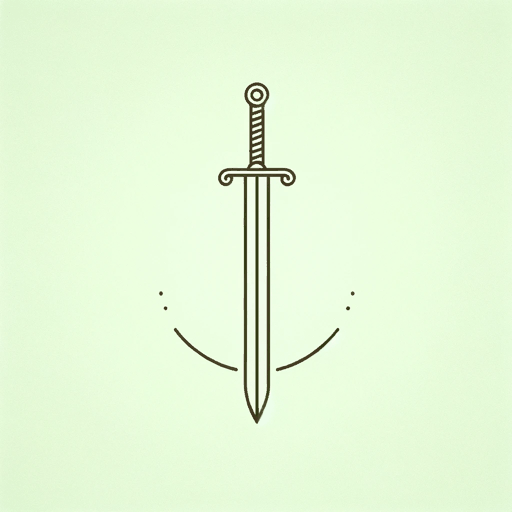
The Last Olympian
Rick Riordan
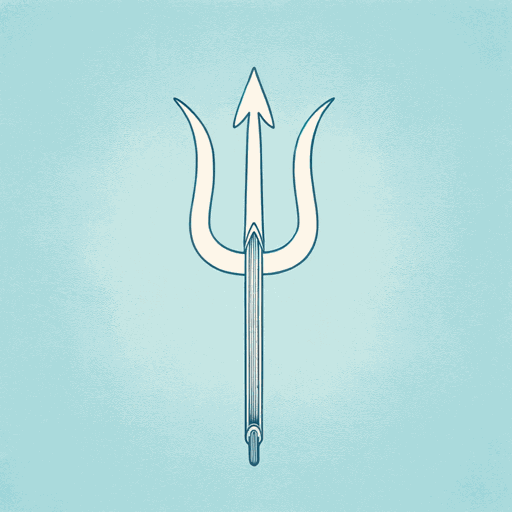
The Lightning Thief
Rick Riordan
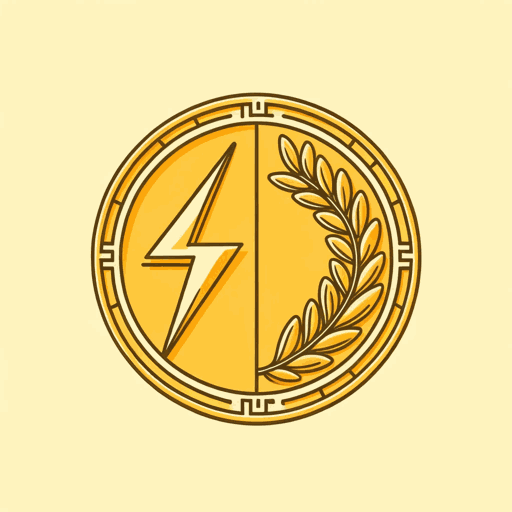
The Lost Hero
Rick Riordan
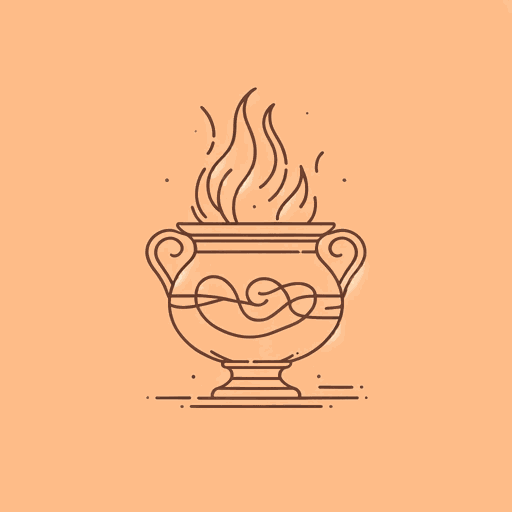
The Mark Of Athena
Rick Riordan

The Maze of Bones
Rick Riordan

The Red Pyramid
Rick Riordan

The Sea of Monsters
Rick Riordan
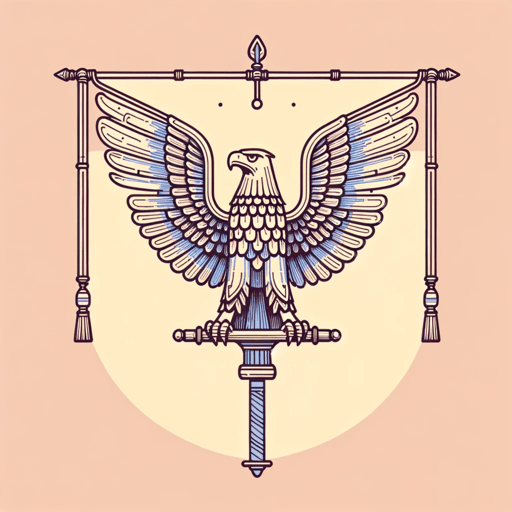
The Son of Neptune
Rick Riordan

The Sun and the Star: A Nico di Angelo Adventure
Rick Riordan, Mark Oshiro

The Throne of Fire
Rick Riordan

The Titan's Curse
Rick Riordan

The Tower of Nero
Rick Riordan

The Trials Of Apollo, Book 1: The Hidden Oracle
Rick Riordan
